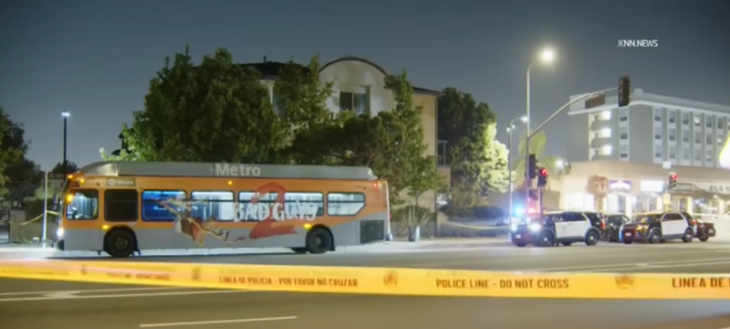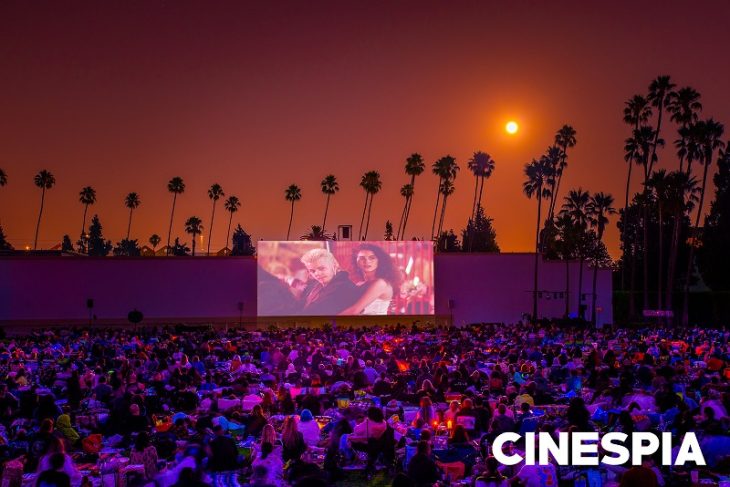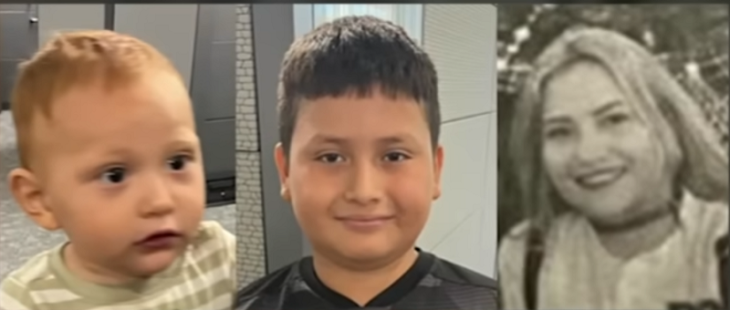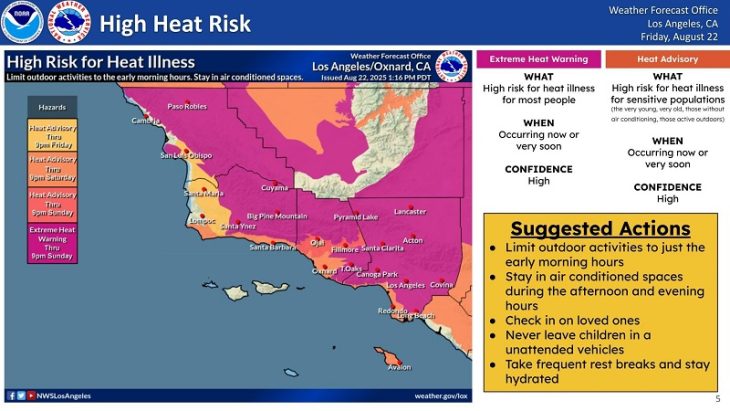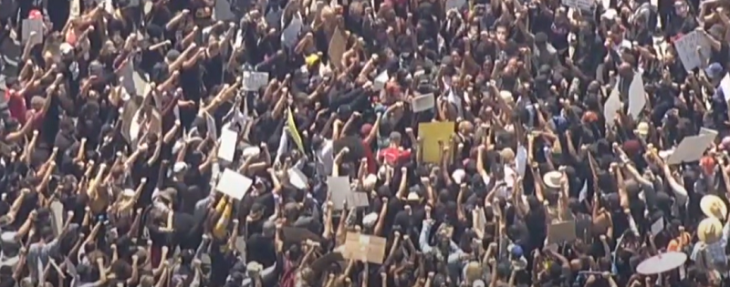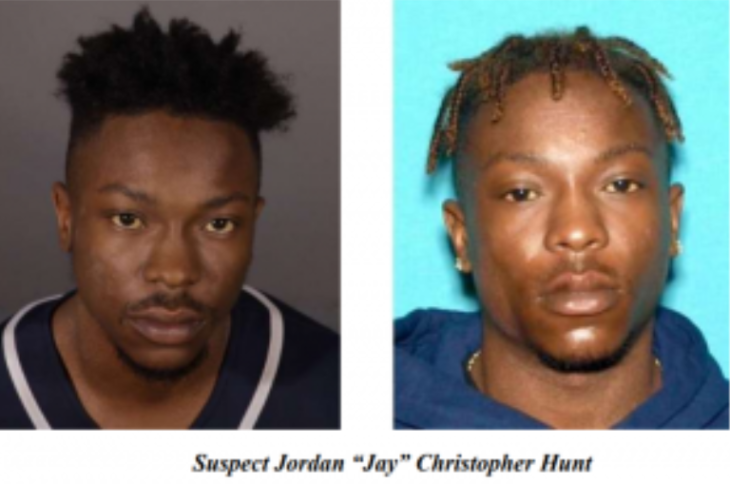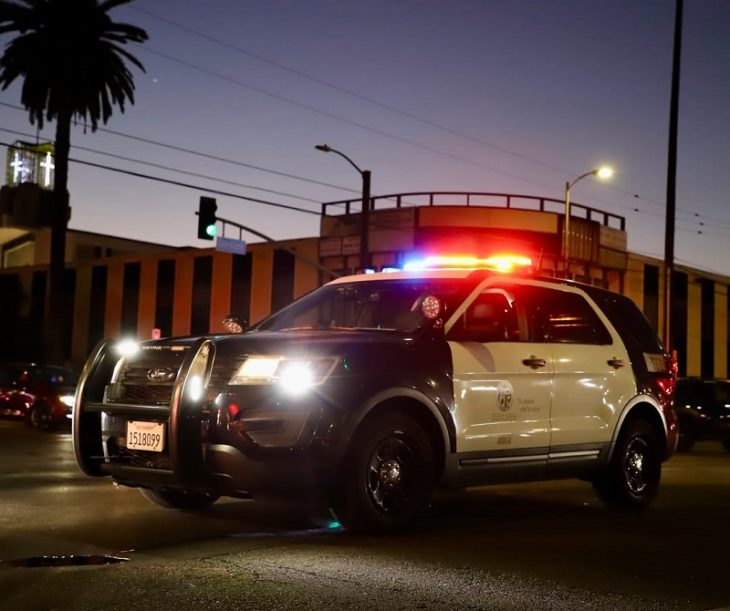Nearly 60% of New COVID-19 Cases Occur in Younger Residents

Younger adults continue to make up the majority of new COVID-19 cases County health officials say.
The Los Angeles County Department of Public Health (Public Health) has reported more than 200,000 confirmed COVID-19 cases in Los Angeles County. As of Thursday, Public Health has identified 201,106 positive cases of COVID-19 across all areas of L.A. County, and a total of 4,869 deaths.
On Thursday, Public Health has confirmed 48 new deaths and 3,290 new cases of COVID-19. The high number of new cases are, in part, due to a backlog of test results received from one lab. Testing results are available for nearly 1,860,000 individuals with 10% of all people testing positive.
The majority of all cases have occurred among people between the ages of 18 and 49 years old with over 109,000 confirmed COVID-19 cases.
Public Health continues to anticipate receiving a backlog of cases once the State electronic laboratory system (ELR) issues are fixed. This issue has undercounted the County’s positive cases and affects the number of COVID-19 cases reported each day and our contact tracing efforts. Data sources that track other key indicators, including hospitalizations and deaths, are not affected by this reporting issue.
There are 1,741 confirmed cases currently hospitalized and 29% of these people are confirmed cases in the ICU. The number of hospitalized patients continues to decrease. This number was up to 2,200 patients in the middle of July.
Data continues to expose disproportionality in health outcomes by race, ethnicity and income level data. African American/Black and Latino/Latinx residents are still twice as likely to die from COVID-19 when compared to White residents. Latino/Latinx residents have the highest rates of death, with a rate of 65 residents per 100,000 people. Residents in communities with high levels of poverty are four times as likely to die of COVID-19 compared to residents in communities with the highest income levels.
“Our hearts go out to the family and friends of those who have passed away from COVID-19 and the thousands that have been sickened by this virus,” said Barbara Ferrer, PhD, MPH, MEd, Director of Public Health. “In order to slow the spread of COVID-19 enough to be able to open our schools and get people back to work, we need to reduce non-essential activities that have us in close contact with people who aren’t in our households. This includes not attending or hosting parties, not gathering in areas that are crowded, and not participating in activities prohibited by the Health Officer Orders. We cannot arrest or enforce our way out of this pandemic. Collectively we need to take those actions that the science tells us will work to slow the transmission: wear a face covering, maintain physical distance, wash hands frequently, and avoid gatherings with those not in your household.”

